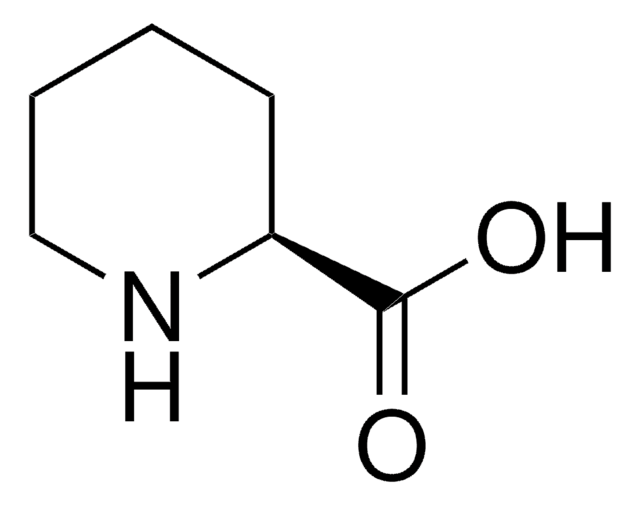95148
L-Argininosuccinic acid lithium salt
analytical standard
Synonym(s):
N-{{[(4S)-4-Amino-4-carboxybutyl]amino}iminomethyl}-L-aspartic acid lithium salt, Lithium L-argininosuccinate
About This Item
Recommended Products
grade
analytical standard
Assay
≥90.0% (HPLC)
form
solid
optical activity
[α]/D 15±2°, c = 1 in H2O
shelf life
limited shelf life, expiry date on the label
impurities
≤20% water
application(s)
clinical testing
storage temp.
2-8°C
SMILES string
OC(C[C@@H](C(O)=O)NC(NCCC[C@H](N)C(O)=O)=N)=O.[Li+]
InChI
1S/C10H18N4O6.Li/c11-5(8(17)18)2-1-3-13-10(12)14-6(9(19)20)4-7(15)16;/h5-6H,1-4,11H2,(H,15,16)(H,17,18)(H,19,20)(H3,12,13,14);/q;+1/t5-,6-;/m0./s1
InChI key
MGJRREWOOITZBB-GEMLJDPKSA-N
Looking for similar products? Visit Product Comparison Guide
Related Categories
Biochem/physiol Actions
Storage Class Code
11 - Combustible Solids
WGK
WGK 3
Choose from one of the most recent versions:
Already Own This Product?
Find documentation for the products that you have recently purchased in the Document Library.
Our team of scientists has experience in all areas of research including Life Science, Material Science, Chemical Synthesis, Chromatography, Analytical and many others.
Contact Technical Service








